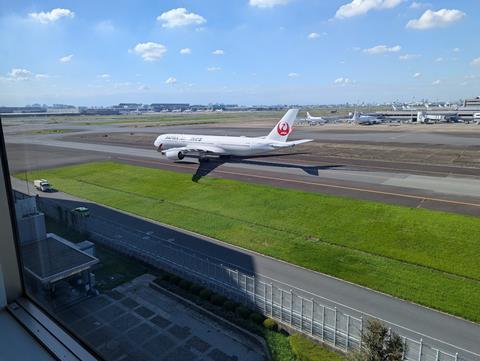Airlines in the Asia-Pacific continued to see buoyant international demand during September but face several vexing issues.
September saw airlines in the region carry 29.2 million international passengers, up 18.8% from a year earlier, according to the Association of Asia Pacific Airlines.

International ASKs rose 18.7% from a year earlier, as RPKs rose 19.3%. Load factors also improved, rising 0.4 percentage points to 80.5%.
The AAPA attributes the “healthy growth” to strong consumer and business demand.
“Asian airlines have seen robust growth in travel markets this year,” says AAPA director general Subhas Menon.
“Leisure demand remained buoyant, driving increases in tourist arrivals across the region. Meanwhile, business travel was underpinned by the region’s growing economies.”
He warns, however, that the operational environment is far from benign, with several challenges beyond airlines’ control.
“The global economy is expected to grow by 3.2% this year and in 2025, supporting expansion in both travel and air cargo markets,” says Menon.
“However, this may be undermined by uncertainties stemming from increasing geopolitical risks and rising trade protectionism. Although the overall decline in jet fuel prices this year has helped to moderate rising costs, airlines continue to face challenges in fleet renewal and network growth, due to ongoing supply chain disruptions and aircraft delivery delays.”
On the cargo front, Asia-Pacific carriers saw September’s international FTKs rise 8.9% and FATKs rise 9.4%, as cargo load factors fell 0.3 percentage points to 60.2%.
“Air cargo markets continued to expand, driven by the increases in export volumes from key manufacturing economies in Asia, including China, India, Japan and South Korea,” adds Menon.


























